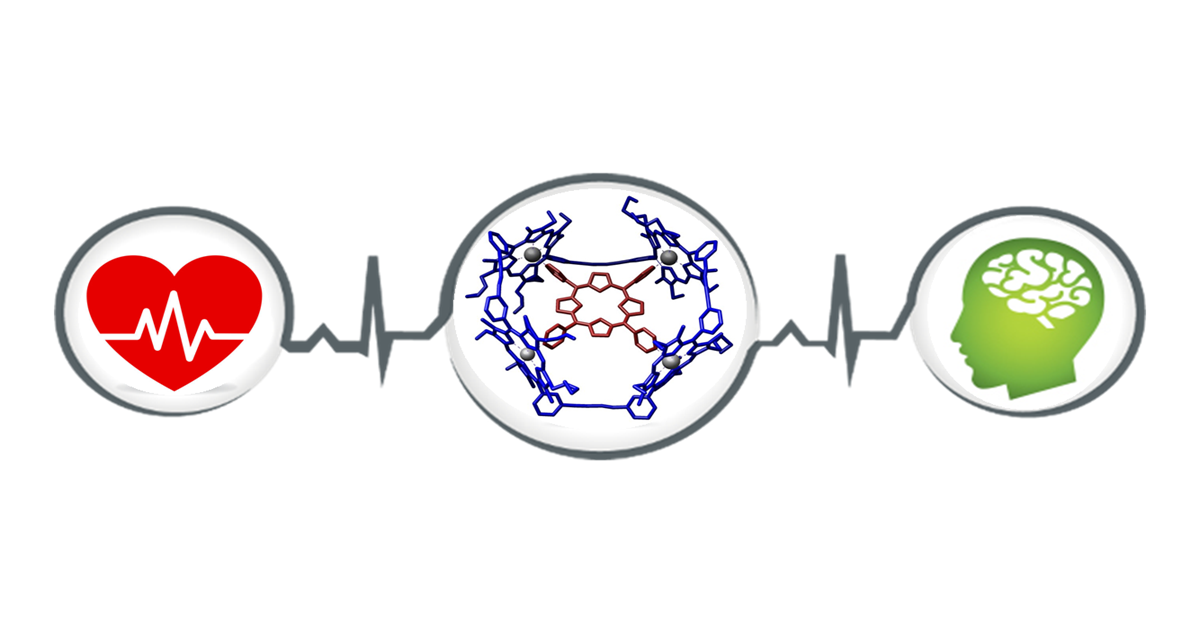Biomedical Applications of Supramolecular Chemistry
A special issue of Applied Sciences (ISSN 2076-3417). This special issue belongs to the section "Biomedical Engineering".
Deadline for manuscript submissions: closed (10 June 2022) | Viewed by 3370

Special Issue Editors
Interests: supramolecular chemistry; nanotechnology; biomedical applications; antimicrobial resistance
Special Issue Information
Dear Colleagues,
Supramolecular chemistry has always found a source of inspiration in living systems. This should not come as a surprise, because cellular processes rely heavily on no-covalent interactions which organisms have perfected over the course of millions of years of evolution. Although we cannot yet compete with the beautiful complexity of biological systems, the knowledge acquired in the past decades regarding the non-covalent interactions of biomolecules with synthetic ligands, supramolecular assemblies and nanoparticles, has led to a wide range of biomedical applications. In a time when society is demanding new solutions to health challenges (e.g. respiratory infectious diseases, antimicrobial resistance, cancer and neurological disorders) supramolecular chemistry might have a lot to say. This is the driving force behind this Special Issue.
The suggested topics are:
- Non-covalent interaction of synthetic systems with biomolecules and biomedical relevant compounds (nucleic acids, proteins, neurotransmitters, carbohydrates, toxins, etc.).
- Supramolecular systems applied to bioimaging techniques.
- Chemosensors for biomedically important metal cations and anions.
- Interactions of metal complexes (e.g. platinum, ruthenium, iridium, etc.) with biological substrates.
- Biomedical applications of nanoparticles and supramolecular polymers.
Dr. Mario Inclán
Dr. Begoña Verdejo
Guest Editors
Manuscript Submission Information
Manuscripts should be submitted online at www.mdpi.com by registering and logging in to this website. Once you are registered, click here to go to the submission form. Manuscripts can be submitted until the deadline. All submissions that pass pre-check are peer-reviewed. Accepted papers will be published continuously in the journal (as soon as accepted) and will be listed together on the special issue website. Research articles, review articles as well as short communications are invited. For planned papers, a title and short abstract (about 100 words) can be sent to the Editorial Office for announcement on this website.
Submitted manuscripts should not have been published previously, nor be under consideration for publication elsewhere (except conference proceedings papers). All manuscripts are thoroughly refereed through a single-blind peer-review process. A guide for authors and other relevant information for submission of manuscripts is available on the Instructions for Authors page. Applied Sciences is an international peer-reviewed open access semimonthly journal published by MDPI.
Please visit the Instructions for Authors page before submitting a manuscript. The Article Processing Charge (APC) for publication in this open access journal is 2400 CHF (Swiss Francs). Submitted papers should be well formatted and use good English. Authors may use MDPI's English editing service prior to publication or during author revisions.
Keywords
- supramolecular chemistry
- biomedical applications
- nanotechnology
- chemosensors
- bioimaging techniques
- metal complexes
- biomolecules
- supramolecular polymers
- supramolecular gels






